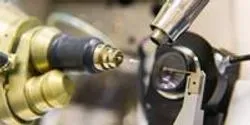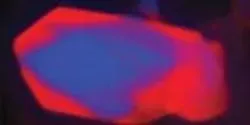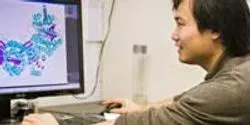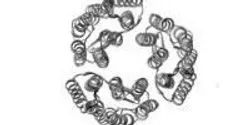x-ray imaging

By levitating a bead of ceramic oxide, heating it with a 400-watt carbon dioxide laser, then shooting the molten material with X-rays and neutrons, scientists with the U.S. Department of Energy's Oak Ridge and Argonne national laboratories have revealed unprecedented detail of the structure of high-temperature liquid oxides.

Arduous, year-plus-long scrutiny by the National Science Foundation (NSF) has found the Cornell High Energy Synchrotron Source (CHESS) rich in scientific discovery and exemplary in its use of government funds. CHESS has received its requested grant renewal of up to $100 million over five years, securing the national X-ray facility’s near-term future

New recommendations for using X-rays promise to speed investigations aimed at understanding the structure and function of biologically important proteins – information critical to the development of new drugs. Scientists from two U.S. Department of Energy national laboratories, Argonne and Brookhaven, and the University of Washington, Seattle, evaluated options to remedy problems affecting data collection in their new study.















